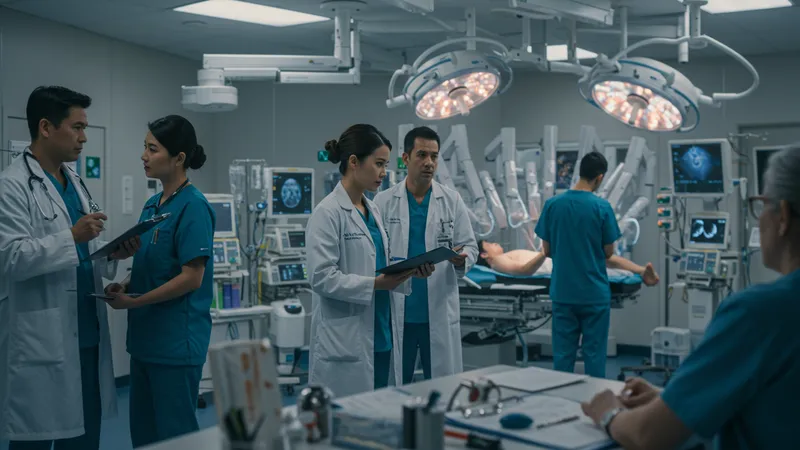
Understanding Cancer Treatments
Main Types of Cancer Treatments in Australia
In Australia, the primary cancer treatments—surgery, chemotherapy, radiation therapy, immunotherapy, and targeted therapy—are cornerstone options found nationwide. These treatments are administered in public and private hospitals, with support from multidisciplinary cancer care teams. While some patients may receive a single type of treatment, many benefit from a combined approach, such as surgery followed by chemotherapy or radiation. The decision-making process involves numerous factors, including cancer type, stage, patient health, and available clinical evidence.

Surgery remains the standard for many localized cancers, particularly when tumors are confined and accessible. Australian surgeons are trained in specialized procedures such as robotic-assisted surgery, minimizing recovery time and hospital stays. Despite the increasing sophistication of non-surgical therapies, surgery is still considered essential when cancer can be physically removed.
Chemotherapy and radiation are often used when cancer has spread beyond its original location. In Australian oncology centres, chemotherapy regimens are specifically designed based on the latest research and clinical guidelines. Radiation therapy is commonly delivered using imaging technology to target only the affected regions, resulting in greater accuracy and lower side effects for patients.
Newer treatments, such as immunotherapy and targeted therapies, are transforming cancer care in Australia, especially for advanced or metastatic cancers. These options can sometimes be accessed through government-funded clinical trials or compassionate access programs. As research progresses, more Australian patients are becoming eligible for therapies that once seemed out of reach, further diversifying the treatment landscape.